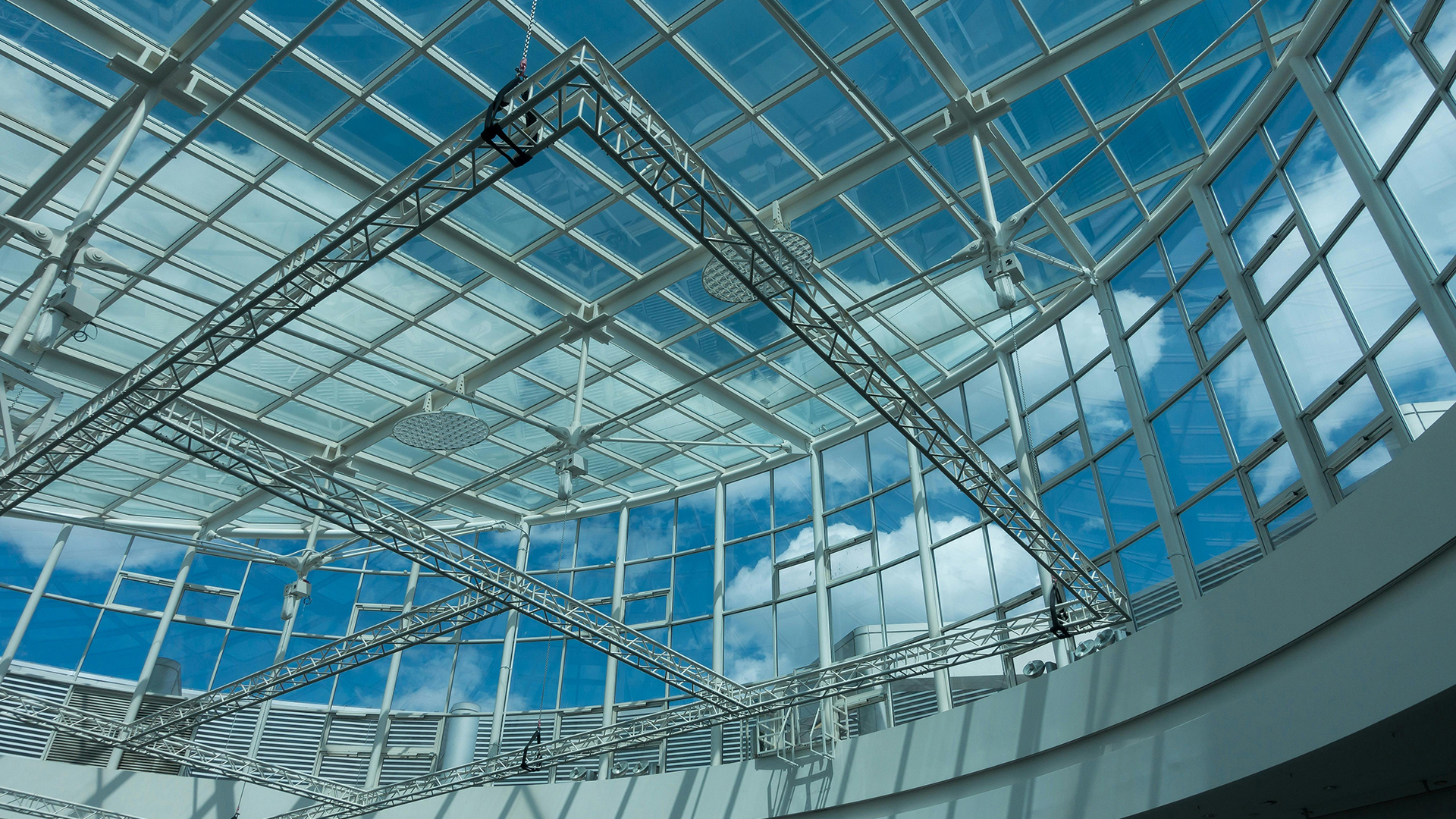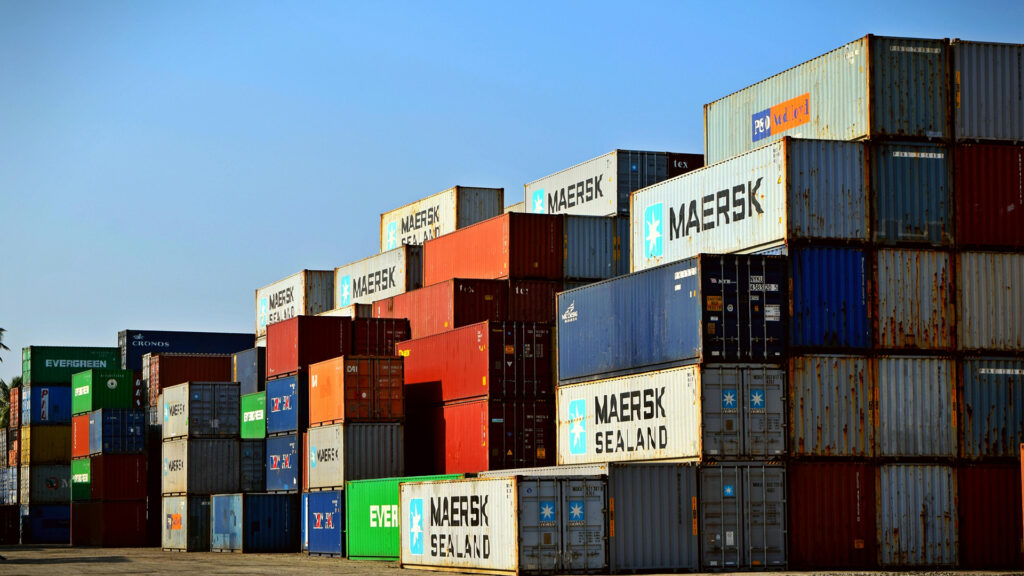This will provide a brief outline of key developments last week regarding the current delay and potential re-implementation of tariffs on products of Canada and Mexico, imposed under the International Economic Emergency Powers Act (“IEEPA”) and Section 232 (National Security) duties on steel and steel derivative products and aluminum and aluminum derivative products.
USMCA
As most readers understand, in order for goods to qualify for preferential duty treatment under the USMCA (CUSMA and T-MEC, as referred to in Canada and Mexico, respectively) imported items are required to meet a tariff shift under the applicable rule of origin set forth in the trade agreement. While some companies have regularly conducted tariff shift analyses, others have not for reasons that relate to there being minimal, if any, duty savings and due to a resource and administrative burden. In the colloquial: “The juice isn’t worth the squeeze.”
Under the current delay in fully implementing the IEEPA tariffs of 25% on Canadian- and Mexican-origin goods, the tariff shift analysis is now required. This is because only goods that meet the tariff shift requirement under the applicable USMCA rule of origin are currently exempt from the IEEPA tariff, which is paused on those eligible items until 2 April (or further notice).
Please note that the tariff shift analysis is separate and apart from a “substantial transformation” analysis that might otherwise be required for determining county of origin for other purposes, such as whether products are subject to Sec. 301 and IEEPA duties applicable to Chinese-origin goods.
The bottom line (for now) is that if goods imported into the US from Canada and Mexico meet the tariff shift requirement under the applicable rule of origin, the 25% IEEPA tariff does not apply.
Sec. 232 Duties
Last Friday evening, US Customs and Border Protection (“CBP”) issued Guidance on reporting the entry of steel and steel derivative products and aluminum and aluminum derivative products that are subject to Sec. 232 duties of 25%. These duties go into effect at midnight (EST) on 12 March.
First, to steel. As explained in the Guidance, it will be necessary to separate steel content from non-steel content for CBP entry purposes. The total value of the imported article less the value of the steel content will be reported on the first line (Non-Steel content) and on a second line the value of steel content will be reported based on the value of steel content and the quantity of steel content in kg (Steel content). For melt and pour reporting, the country of melt and pour is mandatory for steel and steel derivative products, with importers required to report the ISO code for articles subject to Sec. 232 duties, including reporting products melted and poured in the US.
The Guidance contains nearly identical reporting requirements for aluminum and aluminum derivative products, with smelt and cast reporting to include the primary country of smelt, secondary country of smelt, or country of most recent cast. If the imported article was smelted and cast in the US, this will also be reported.
We will continue to monitor these fast-moving and often-changing developments and provide further updates, as warranted, once it appears a particular tariff policy has been settled upon, regardless of how short-lived it may end up being in duration.







